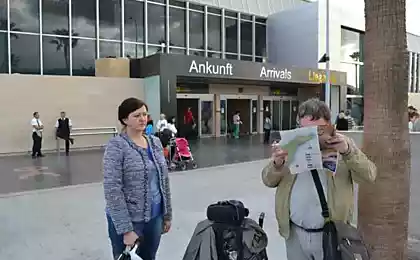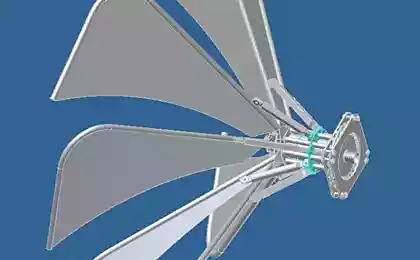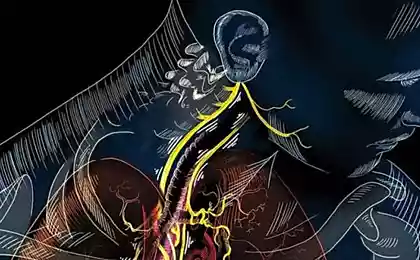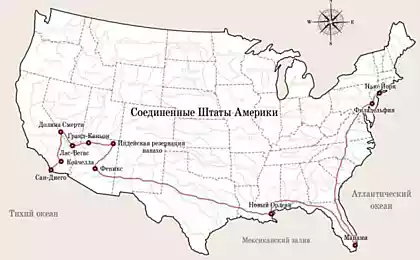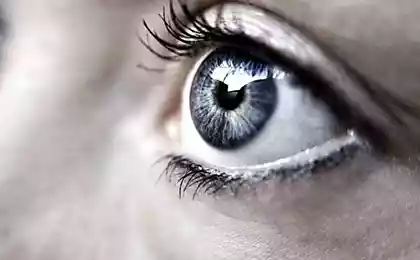662
Why do we sometimes see movement where nothing moves
"The effect of post-movement" - it's just a neural peregruzka
When you are driving a car long straight long road down, and suddenly stop, did not seem to you that the road continues to move? When you look at the waterfall and then looks away, did not seem to you that the landscape began to "run up"? This - the so-called "post-effect of the movement." In essence it is a form of visual adaptation of the brain.
In the brain there are neurons that are responsible for monitoring movements. These neurons are constantly competing with each other. When we look at something that is not moving, the neurons responsible for tracking movement, while continuing to work. When we have too long a look at some downward movement, for example, at the waterfall, the neurons that track the downward movement, begin to experience congestion.
If you continue to continue to look at the waterfall, the brain over time to adjust to the overload occurred and will involve far fewer neurons to track the downward movement.
When we turn away from the Falls, the few neurons that tracked the downward movement, gradually stop working. However, neurons that track the upward movement, begin to work with a vengeance, thus trying to compensate for the recent serious congestion "downstream" of neurons. As a result, we can see an upward movement where no movement is actually there.
via factroom.ru

When you are driving a car long straight long road down, and suddenly stop, did not seem to you that the road continues to move? When you look at the waterfall and then looks away, did not seem to you that the landscape began to "run up"? This - the so-called "post-effect of the movement." In essence it is a form of visual adaptation of the brain.
In the brain there are neurons that are responsible for monitoring movements. These neurons are constantly competing with each other. When we look at something that is not moving, the neurons responsible for tracking movement, while continuing to work. When we have too long a look at some downward movement, for example, at the waterfall, the neurons that track the downward movement, begin to experience congestion.
If you continue to continue to look at the waterfall, the brain over time to adjust to the overload occurred and will involve far fewer neurons to track the downward movement.
When we turn away from the Falls, the few neurons that tracked the downward movement, gradually stop working. However, neurons that track the upward movement, begin to work with a vengeance, thus trying to compensate for the recent serious congestion "downstream" of neurons. As a result, we can see an upward movement where no movement is actually there.
via factroom.ru
